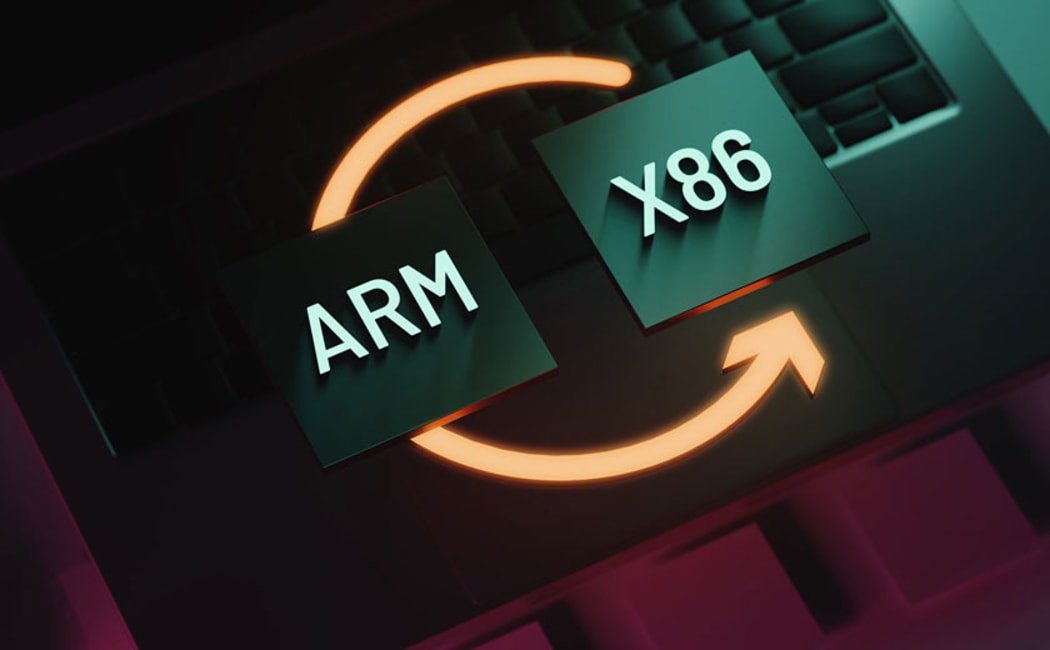AMD officials made audacious statements at IFA 2025 in Berlin that questioned the conventional wisdom that ARM chips are inherently more efficient than x86 architecture. AMD’s chip technology director refuted assertions made by the media during the trade exhibition that the ARM architecture is more energy-efficient than contemporary x86 solutions.
The business proved that new x86 notebooks can outlast their ARM-based rivals, which have dominated efficiency discussions, by achieving battery life of more than 20 hours in practical situations. AMD said that decades of x86 optimization had successfully bridged the efficiency gap, thereby putting an end to what they called the “short-lived” Windows on ARM myth.
x86 Retaliates Against The Momentum Of ARM
AMD’s claims coincide with a pivotal point in the PC market: ARM-based processors, primarily Apple’s M-series CPUs and Qualcomm’s Snapdragon X Elite, have become increasingly popular. According to market research, ARM’s percentage of PC processors increased from 10.8% in the fourth quarter of 2024 to 13.6% in the first quarter of 2025.
The business cited its Strix Point APUs and Ryzen AI processors as proof that x86 can produce competitive performance-per-watt ratios. AMD executives particularly praised its Ryzen 9 AI MAX 395+ CPU, which is a substantial improvement over existing ARM solutions with 126 TOPS (Trillions of Operations Per Second) for AI processing.
Market Implications And Industry Reaction
By showcasing significant increases in power efficiency and NPU capabilities with their Lunar Lake chips, Intel has similarly refuted ARM’s efficiency claims. Both businesses contend that through sophisticated microarchitecture and production techniques, contemporary x86 designs have lessened the drawbacks of conventional power usage.
On AMD’s assertions, industry analysts are still split. Others agree that recent x86 advancements have in fact reduced efficiency gaps, while others see the remarks as defensive posturing in light of ARM’s incursion into Windows environments. One of x86’s key advantages over ARM-based competitors is still the wider software ecosystem compatibility it retains.
AMD’s announcement comes at a time when several manufacturers are showcasing AI-powered PCs with both x86 and ARM architectures at IFA 2025. This suggests that competition between both platforms will only get more intense throughout 2025.

